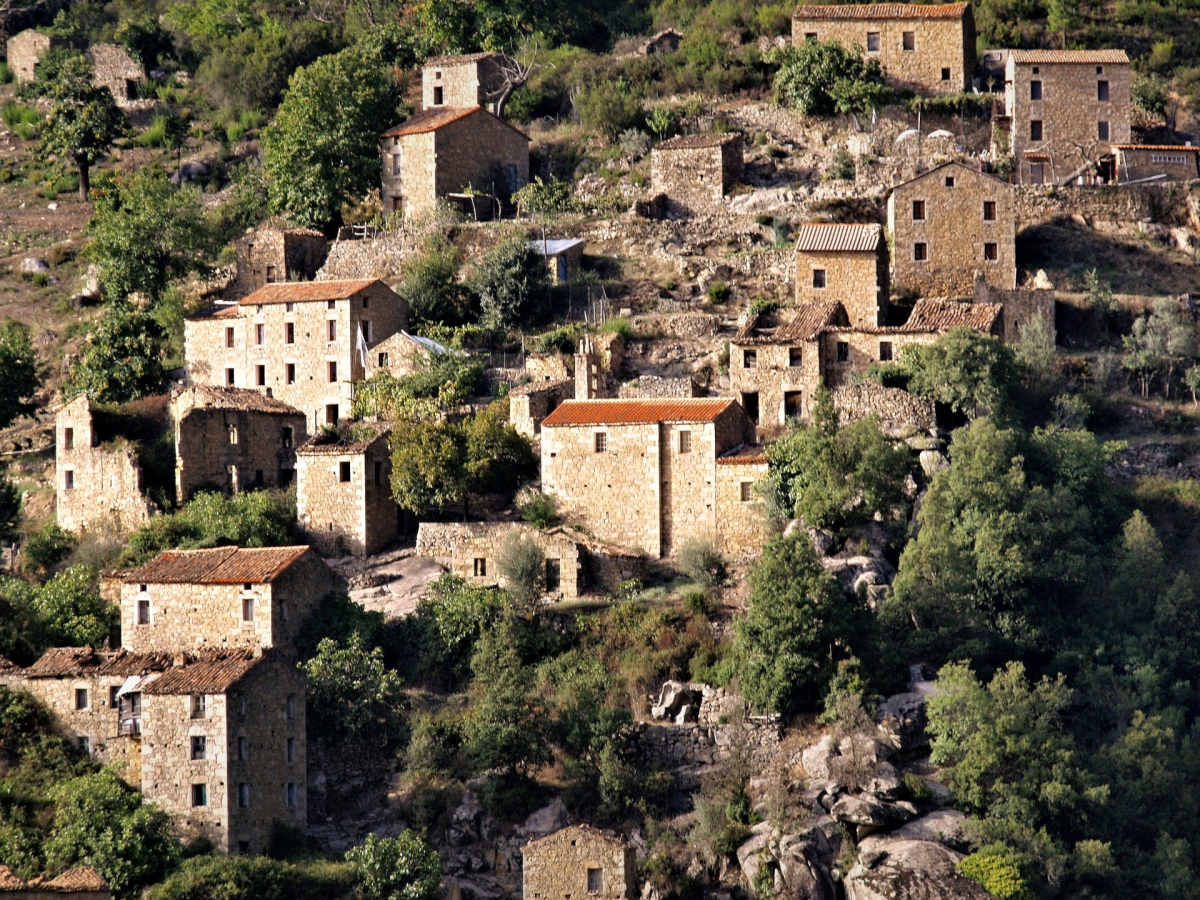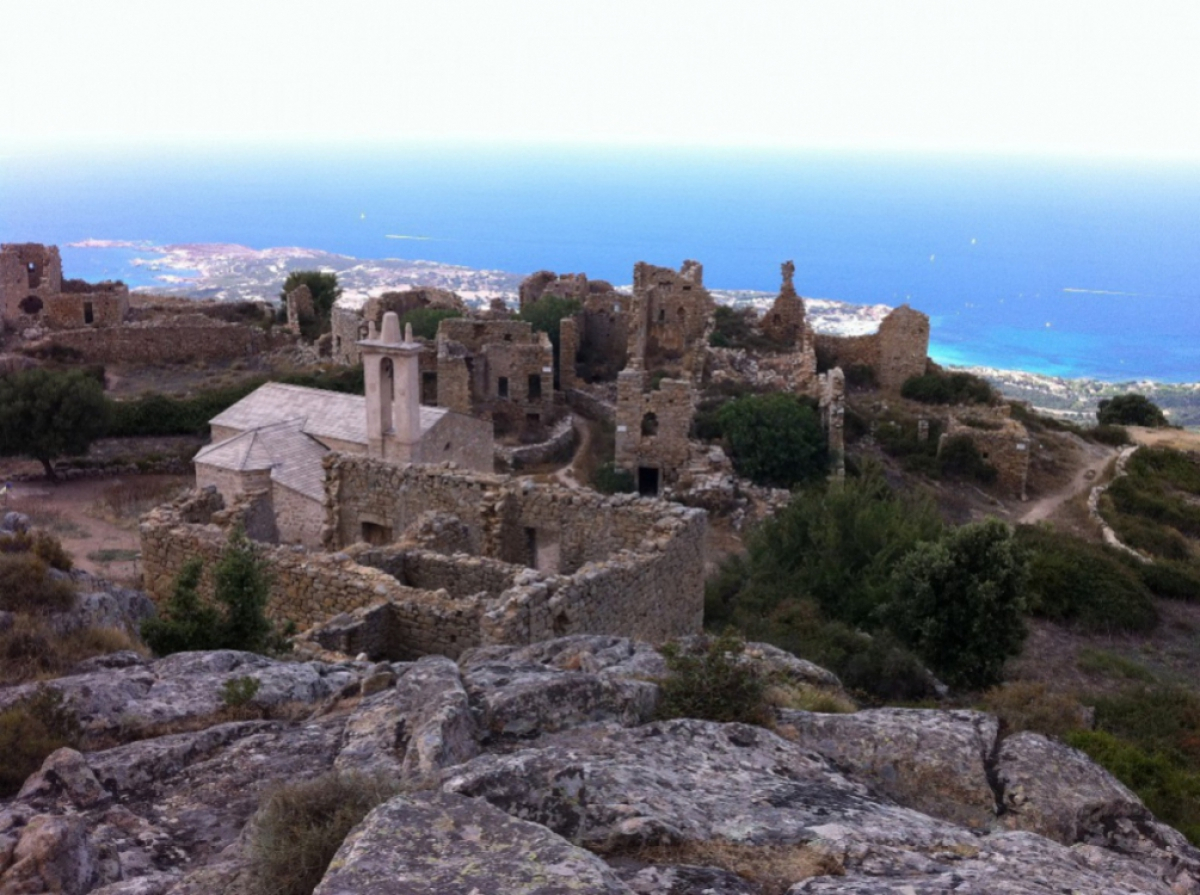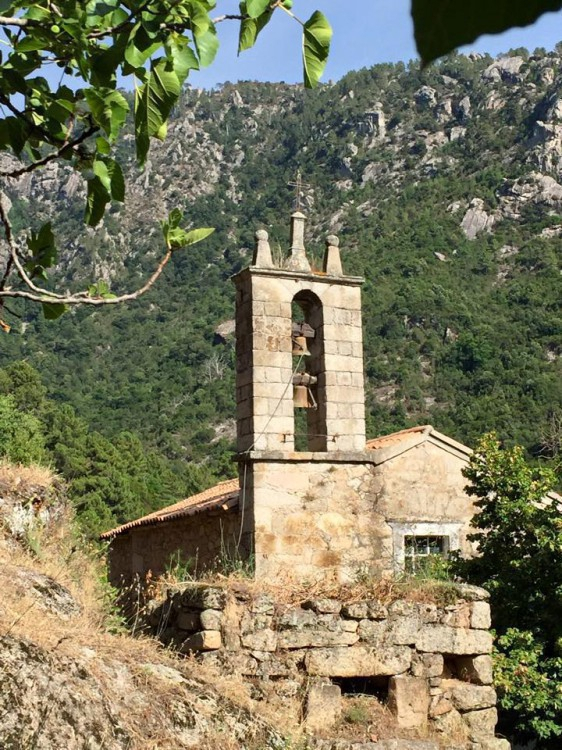
Rechercher...
Explore Corsica

By Anne the 26/10/2022
An autumn walk idea in Corsica: the forgotten villages
A tour of hamlets with ancient remains, this is one for the history lovers.
 ©ATC
©ATC
OCCI
This forgotten village is situated above the bay of Calvi and has a view of the Sant’Ambroggio marina. Follow a footpath from Lumio for around half an hour to reach the ruins of this Balagne hamlet, with its gutted houses, collapsed roofs and windows opening to the void.
In the 15th century, the inhabitants of Spano Point took refuge in Occi, 335m above sea level, to protect themselves from barbarian invasions, as it was an incomparable lookout spot across the Mediterranean. By the late 16thcentury, the village had 150 inhabitants, but only just over half this number by 1850.
By 1862, only Felix Giudicelli (known as ‘Fra Felice’) remained here, a character of fantastical beliefs who carried a cane and a top hat, and the Pinellis, a family of farmers who resolved to leave the hamlet only a few years later. At that moment, Occi was deserted for good.
It wasn’t until the 1990s that an association (founded by Laëtitia Casta from Lumio) restored Occi’s remains, which stand as a valuable testimony of 19th-century Balagnine architecture.
 ©ATC
©ATC
 ©ATC
©ATC
 ©ATC
©ATC
MUNA
In the beautiful area of Cirnaca, near the village of Orcino, 8km from Murzu and 6km from Rosazia, Muna consists of around 100 houses and stands on an arid slope at the foot of the Spusata mountain.
The hamlet was founded around 1740 to support the local logging industry. In the nineteenth century, despite the limited access to a mule trail, the hamlet of Muna had a church and a school educating as many as 50 children. The residents were entirely self-sufficient with their gardens, olive trees, chestnut and fruit trees, and bread was made in the communal ovens whose remains can still be seen. There was also a mill here.
From the second half of the 20th century the village was gradually deserted, though around 100 inhabitants were still counted until 1960. Some buildings have since been restored, including the church, which dates from the 17th century.
Finally, one of the descendants of the Nivaggioli family, originally from Muna, decided to settle in his ancestral home and was joined in the village by a handful of others. They formed an association ‘In Munesa’ to breathe new life into this abandoned village, which is built entirely in stone.
 ©ATC
©ATC
 ©ATC
©ATC
 ©ATC
©ATC
 ®ATC
®ATC
On the same subject
CULTURE ET DÉCOUVERTES
Unmissable offers
CULTURE ET DÉCOUVERTES
powered by cd-media.fr



